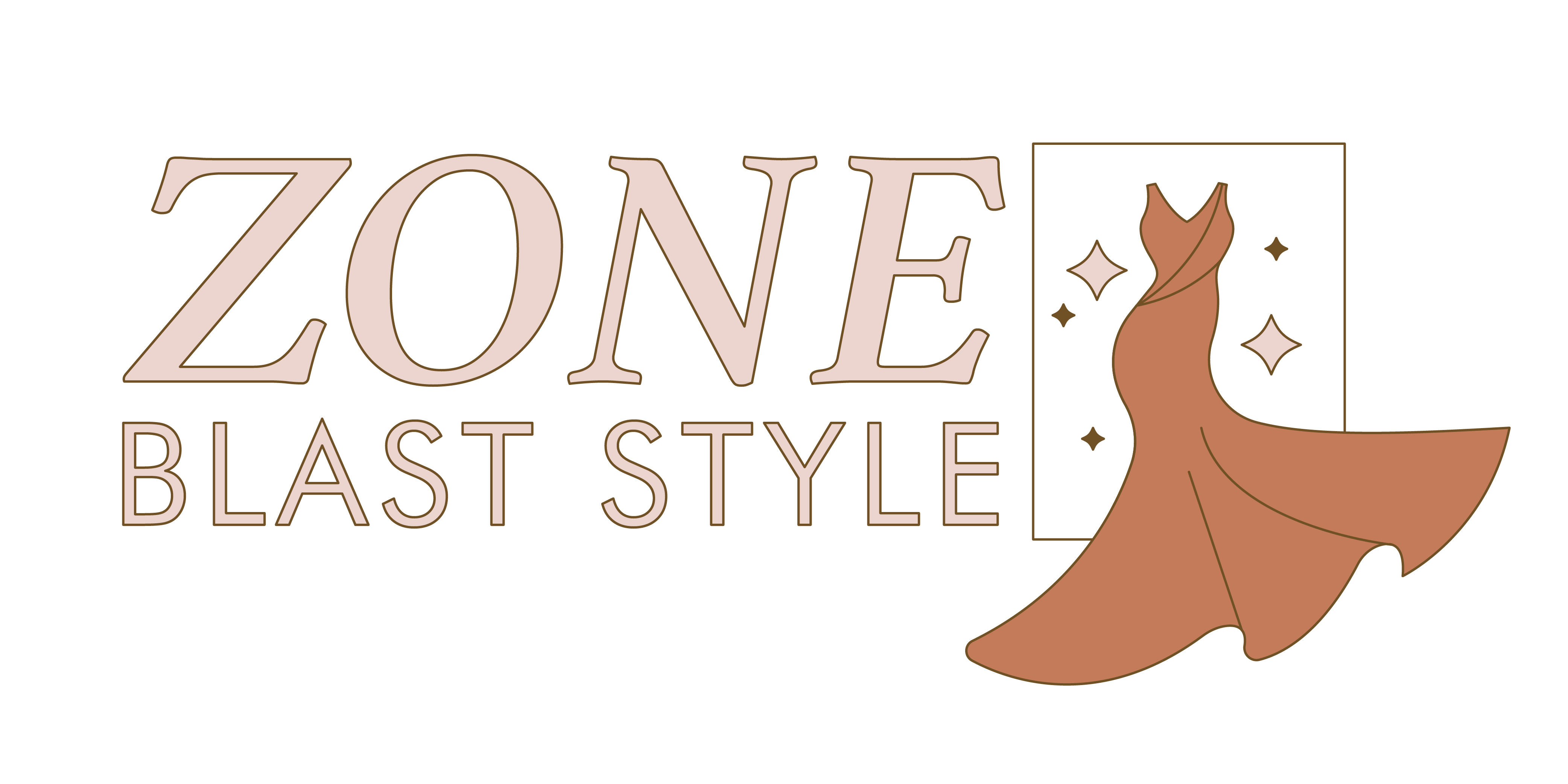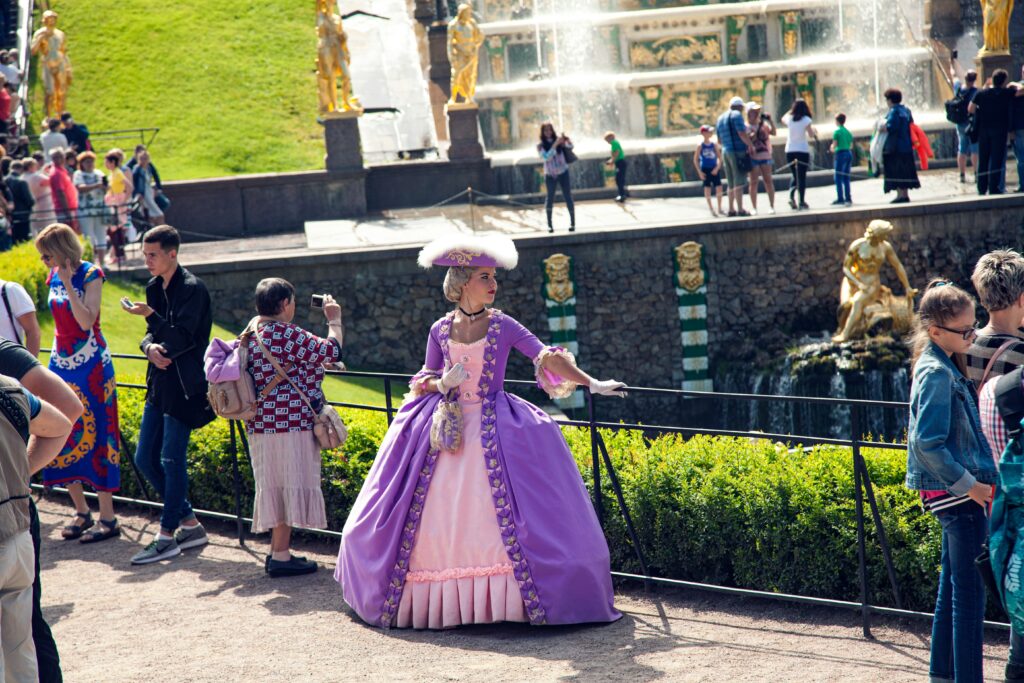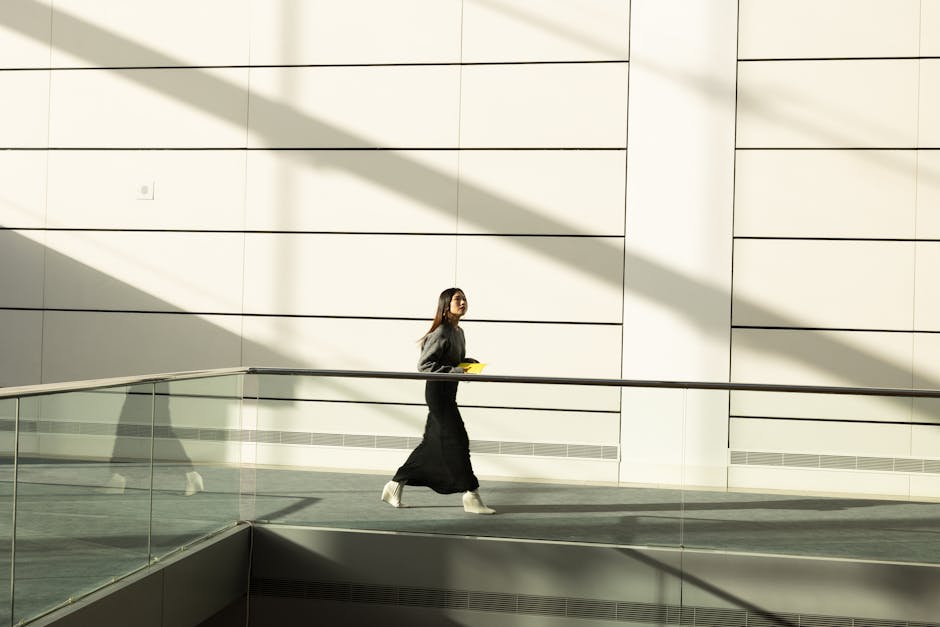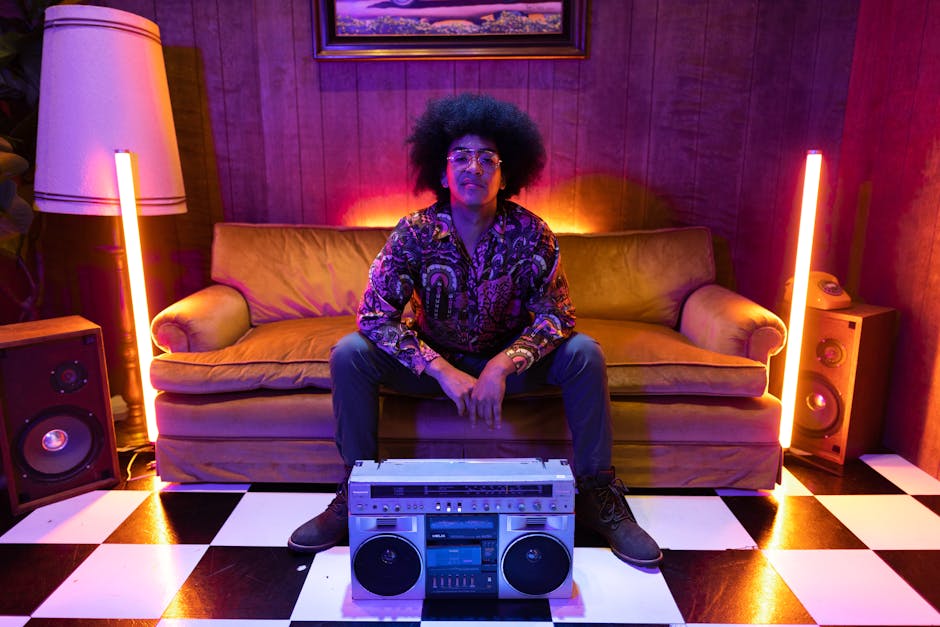Intro: Why Fashion History Still Matters
Fashion has never existed in a vacuum. It reflects the world—what people fear, fight for, and dream about. From hemlines reacting to war to streetwear born from protest, style has always been more than just fabric and fit. It’s a mirror.
In every era, fashion has tagged along with culture. The Roaring Twenties danced in flapper fringe while suffrage movements redefined femininity. The Civil Rights era marched in leather jackets and natural hair. Even today, what you wear says something—about identity, politics, where you stand, or even what you’re rebelling against.
And while trends come and go, many never fully vanish. Fashion loves a callback. Y2K silhouettes are back. So are ’70s palettes and ’90s minimalist vibes. Each trend cycle resurfaces with new meaning, twisted by current events and social shifts. Understanding fashion history isn’t just about reminiscing—it’s about decoding how we got here.
Style evolves because people do. What was once shocking becomes standard. What was once exclusive becomes mass. But no matter the form, fashion keeps speaking. Sometimes it’s loud. Sometimes it’s quiet. But it never stops.
1920s: The Era of Liberation
The 1920s cracked fashion wide open. For women, this decade meant more than shorter hemlines—it was a seismic shift in social identity. Enter the flapper: a generation of women who ditched the corsets, chopped their hair, and danced in straight-cut dresses that hung loose and low. These weren’t just fashion statements—they were declarations of independence. The silhouettes were boxy, the embellishments bold. Beaded gowns, drop waists, and fringe were everywhere. It was functional glamour, made to move.
Menswear in the Jazz Age had its own swagger. Tailored suits with slim waists, high-waisted trousers, and wide lapels defined the look. It was polished, sure, but not uptight. Men embraced color and texture—pinstripes, plaids, even the occasional velvet jacket if you were stylish (or lucky) enough. Jazz clubs called for a sharp presence, and menswear delivered.
Behind both aesthetics was the energy of Art Deco—an art movement all angles, metallic finishes, and clean geometry. That influence showed up in fashion through intricate beadwork, chevron patterns, and architectural cuts. Materials followed suit: silks, satins, and metallic threads brought sheen and structure. It was glamour via design, built for a generation that wanted to be seen and heard.
1940s: Utility Meets Sophistication
The 1940s were shaped by war—and so was fashion. With materials rationed and luxury on the backburner, clothes had to be practical. That meant shorter hems, fewer buttons, and simplified cuts. Utility fashion wasn’t about aesthetics; it was survival in fabric form. Governments even approved designs, pushing standardized clothing to conserve fabric and labor.
This climate gave rise to the “make do and mend” mindset. People patched, repurposed, and altered their clothes to stretch every thread. Homemakers turned curtains into dresses. Men tailored old uniforms into jackets. Style didn’t vanish—it adjusted. Pride came not from how new your outfit was, but how resourceful you could be with what you had.
Then, almost overnight, everything shifted. War ended. Scarcity faded. And the fashion world swung hard in the opposite direction. Enter Dior’s New Look in 1947: cinched waists, full skirts, and fabric-rich silhouettes that screamed abundance and femininity. It wasn’t subtle. Dior’s designs rejected wartime restraint and reintroduced glamour. Women were ready to look like women again—soft, bold, and unmistakably peacetime.
1960s: Youthquake & Cultural Revolution
The 1960s didn’t ask permission—especially when it came to fashion. Mod style exploded in London and spilled quickly across continents: clean lines, sharp tailoring, mini skirts, and a love for bold, geometric prints. Color blocked dresses, go-go boots, and shift dresses walked the streets with a kind of fearless clarity. This was fashion that rejected the polished conformity of the ’50s.
Pop culture icons sealed the look into the decade’s identity. Twiggy made the pixie cut and exaggerated lashes part of mainstream beauty, while The Beatles brought Carnaby Street swagger into music and menswear. Their influence wasn’t just aesthetic. It was cultural shorthand for a world stretching out its limbs, waking up to possibility.
Fashion became protest gear too. Young people dressed to make noise. Black turtlenecks, denim-on-denim, military jackets, and afros weren’t just trends—they were statements. The civil rights movement, second-wave feminism, and anti-war protests were all reflected in how people dressed. In short: clothing wasn’t background. It was the message.
1980s: Maximalism and Power Dressing
The 1980s didn’t ask for permission—it just showed up loud. Fashion mirrored the decade’s appetite for excess, ambition, and attention. Shoulder pads were more than just a look; they were a statement of control. Worn by everyone from Wall Street execs to working women smashing glass ceilings, padded jackets and boxy blazers signaled power, and more importantly, visibility.
Loud neon, bold prints, and over-the-top textures dominated both street and runway. But beneath all the color, fashion was aligning itself with capitalism. Designer logos weren’t subtle—they were status. Houses like Chanel, Gucci, and Versace became shorthand for class, power, and access. Wearing the brand became part of the brand.
And then came the power suit: sharp tailoring, monochrome palettes, and unapologetic structure. It was fashion’s answer to Reaganomics, to boardroom ambition, to women demanding space at the table. The suit became a cultural barometer—testing who got to lead, who got to speak, and who got to take up more room.
1990s: Minimalism and Anti-Fashion
The 1990s cut deep into the glossy surface of fashion. Out went the neon overload of the ’80s; in came grunge—raw, unbothered, and thrifted. Think flannel shirts, ripped jeans, and combat boots. Nirvana played in the background, but the message was all attitude: style doesn’t have to try so hard.
Alongside grunge rose streetwear—no longer just skateparks and corner stores, but creeping onto runways and ad campaigns. Normcore followed close behind, making a statement by not making one. Unbranded hoodies and dad jeans became anti-statements in a trend-fatigued culture.
Yet the high-end world wasn’t asleep. The ’90s were the age of the supermodel runway spectacle. Cindy, Naomi, and Kate dominated catwalks and cameras alike. Their fame often rivaled that of pop stars and athletes, and their presence stamped shows with an aura of high fashion drama.
But not all designers played along. Martin Margiela stitched anonymity into his garments, blurring lines between art and apparel. Rei Kawakubo continued to deconstruct everything we thought we knew about silhouette, structure, and identity. These were designers who didn’t follow fashion—they redefined it. The decade walked a strange line: at once stripped back and subversively bold, caught between the mall and the museum.
2000s and 2010s: Digital Age Disruption
Fast fashion didn’t creep in quietly—it crashed the gates. Brands like Zara, H&M, and later Shein turned global logistics and tight turnarounds into style weapons. Suddenly, consumers weren’t waiting for seasonal drops. New trends hit stores (and closets) every week. Affordability and accessibility won huge ground, but at a cost: disposability became the default.
At the same time, fashion’s gatekeepers lost their monopoly. Bloggers and influencers brought raw, unfiltered style to the masses. Sitting front row wasn’t just for editors anymore. Instagram, YouTube, and later TikTok opened the floodgates for personal branding, microtrends, and style tribes with global reach. Fashion became something you didn’t need to study—you just had to wear it well.
But with access came reckoning. As climate awareness gained ground, the industry’s waste and labor issues became harder to ignore. Consumers started asking questions: Who made this? How long will it last? Sustainability went from niche talking point to brand mandate. Whether through thrift hauls, transparent sourcing, or capsule wardrobes, sustainability edged its way into the mainstream. Not as a trend—but as a challenge the industry still hasn’t fully solved.
Today’s Landscape: Blended Eras, Blurred Boundaries
Fashion today doesn’t color inside the lines. Gender-fluid styling has moved out of niche runways and into mainstream closets. Labels are dropping the old rulebook, replacing it with pieces that focus more on identity and freedom than fitting into traditional codes. It’s not just about men in skirts or women in suits—it’s about stripping the labels altogether and letting style speak for itself.
Alongside that, we’re watching vintage aesthetics surge—Y2K, ‘90s minimalism, and even ‘70s silhouettes—reimagined with high-tech overlays. Think retro-inspired jackets made with cutting-edge recycled fibers. Or AI-generated prints mashed with analog fits. The past is being pulled forward and reengineered. Nostalgia is cool, sure—but today it’s also smart and sustainable (when done right).
Still, none of this comes without tension. Fast fashion has made style more accessible than ever, but at a massive cost to the planet. Consumers are waking up to the contradiction: how can we demand both uniqueness and low prices without burning through resources? The pressure is now on brands, and creators alike, to balance style experimentation with smarter sourcing, reuse, and transparency.
For insight into how these themes are playing out globally, zoom out with Understanding Fashion Weeks: A Global Perspective.
Conclusion: Fashion as a Living Archive
Looking backward isn’t about nostalgia—it’s about clarity. Understanding past trends gives you context for what’s happening now and a sharper sense of what fits you. Why did people dress the way they did in the ’60s or the ’90s? What were they rebelling against, leaning into, or trying to say? When you know that, you’re not just copying a look—you’re building a style with substance behind it.
Fashion history also teaches you to see the cycles—how silhouettes return, fabrics evolve, and moods shift. What seems groundbreaking often has a forgotten ancestor. When you know what came before, you can spot where design might go next. It’s not about prediction—it’s about pattern recognition.
At its best, style is personal, but it’s also part of a larger story. Learning that history gives you more control over your voice in that narrative. Because fashion doesn’t just repeat—it reinvents. And the people who know their references tend to write the next chapter.


 Fashion Trends Editor
Fashion Trends Editor
